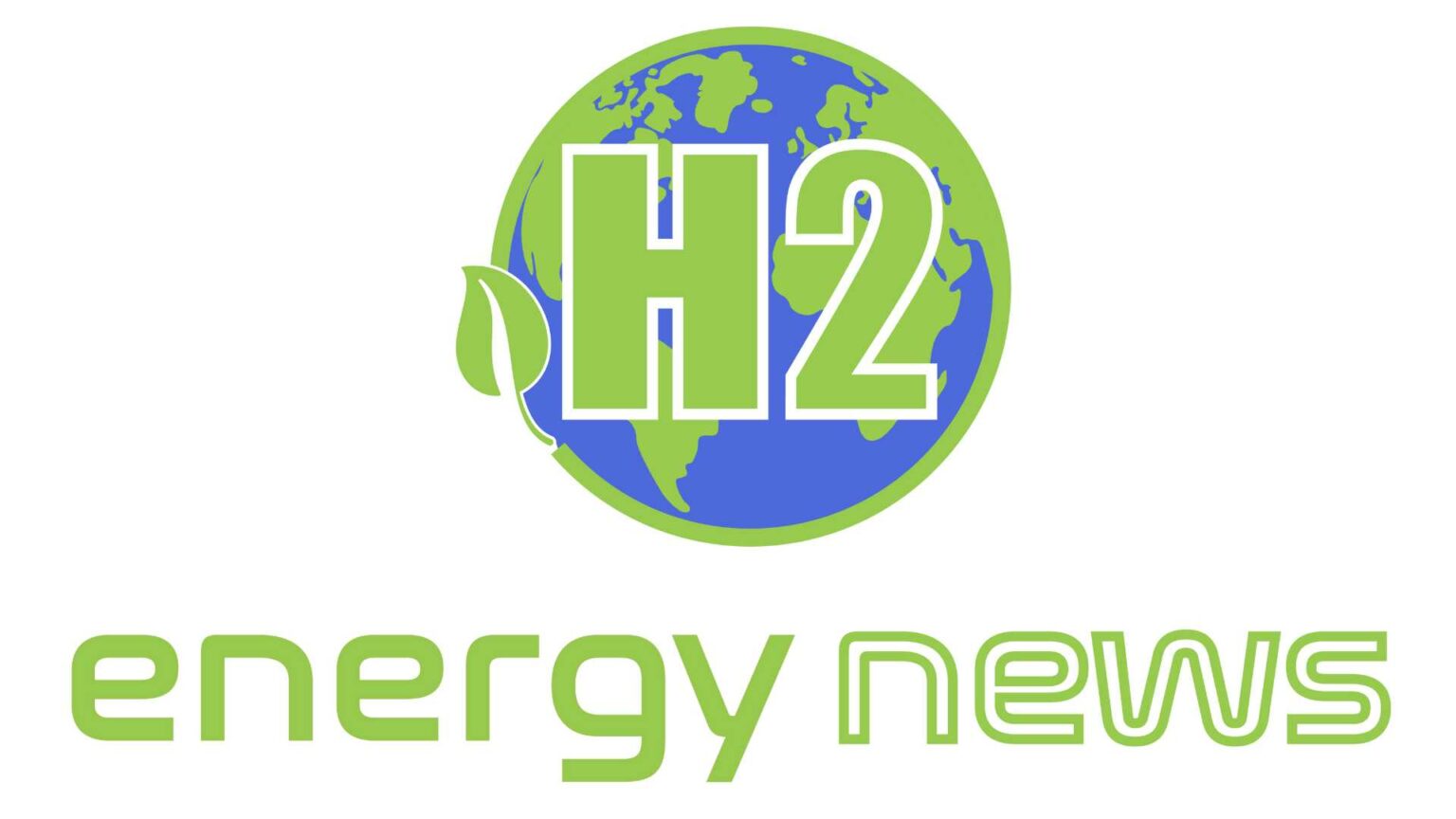A new electrolyte material for hydrogen energy has been proposed by Ural scientists; it is based on layered perovskites that have had rare-earth gadolinium added.
The work’s outcomes will enable the development of green energy technologies, ultimately lowering carbon emissions. The Russian Science Foundation funds the study (RSF).
The creation of new and improved “green” energy generation methods is becoming more and more crucial in light of the expanding global population and ecological catastrophe. Solar energy is the one that receives the most attention, but it is still unable to power huge facilities due to its dependence on the angle of incidence of the sun’s rays and ineffectiveness in polar regions.
Hydrogen energy is an additional preferred. It is based on the combustion of hydrogen in an atmosphere of oxygen, which releases a tremendous quantity of energy and produces water, as opposed to other oxides that are harmful to people and the environment, as is the case with conventional carbon energy. Although this method is quite effective, there is a considerable chance of a gas explosion. Then you may look at hydrogen energy from the other perspective: use hydrogen to create the ions known as protons during various chemical reactions, and then use them as charge carriers in new electrical devices.
A new material for hydrogen energy has been developed by staff members of the Institute of High-Temperature Electrochemistry of the Ural Branch of the Russian Academy of Sciences and the Institute of Hydrogen Energy of the Ural Federal University (Yekaterinburg). On layered perovskites, it is based. Because of their excellent conductivity, it is possible to build systems that turn the chemical reactions’ energy into electricity.
The typical ABO3 perovskite, where A and B are two separate elements and O represents oxygen, is made up of an interconnected network of octahedrons, each of which contains an oxygen atom. The octahedrons in layered AA’BO4 perovskites are joined by layers and kept apart by layers having a cubic rock-salt structure. Since it is more “flexible” than the traditional perovskite, there may be greater room for advancement.
The BaLaInO4 perovskites, which are layers of barium, lanthanum, indium, and oxygen, were modified by the authors of the study by adding rare-earth gadolinium atoms, which are also capable of enhancing the conductivity of materials. The presence of rare-earth ions in the system at first, lanthanum, and the addition of their “relative,” gadolinium, caused a stronger repulsion of octahedrons in the crystal lattice, which is why this phenomenon occurred in this case. The area available for the transmission of charged particles has therefore increased.
Studies have showed that the change increased the material’s dry conductivity by around 12 times (relative to the original material), with oxygen ion mobility playing a major role. Another charge transfer mechanism was introduced in a humid environment—proton, which means that the charge carriers were now hydrogen ions, which is required to build hydrogen energy devices. In this instance, the addition of gadolinium increased the conductivity by a factor of 20 at temperatures lower than 400°C.





